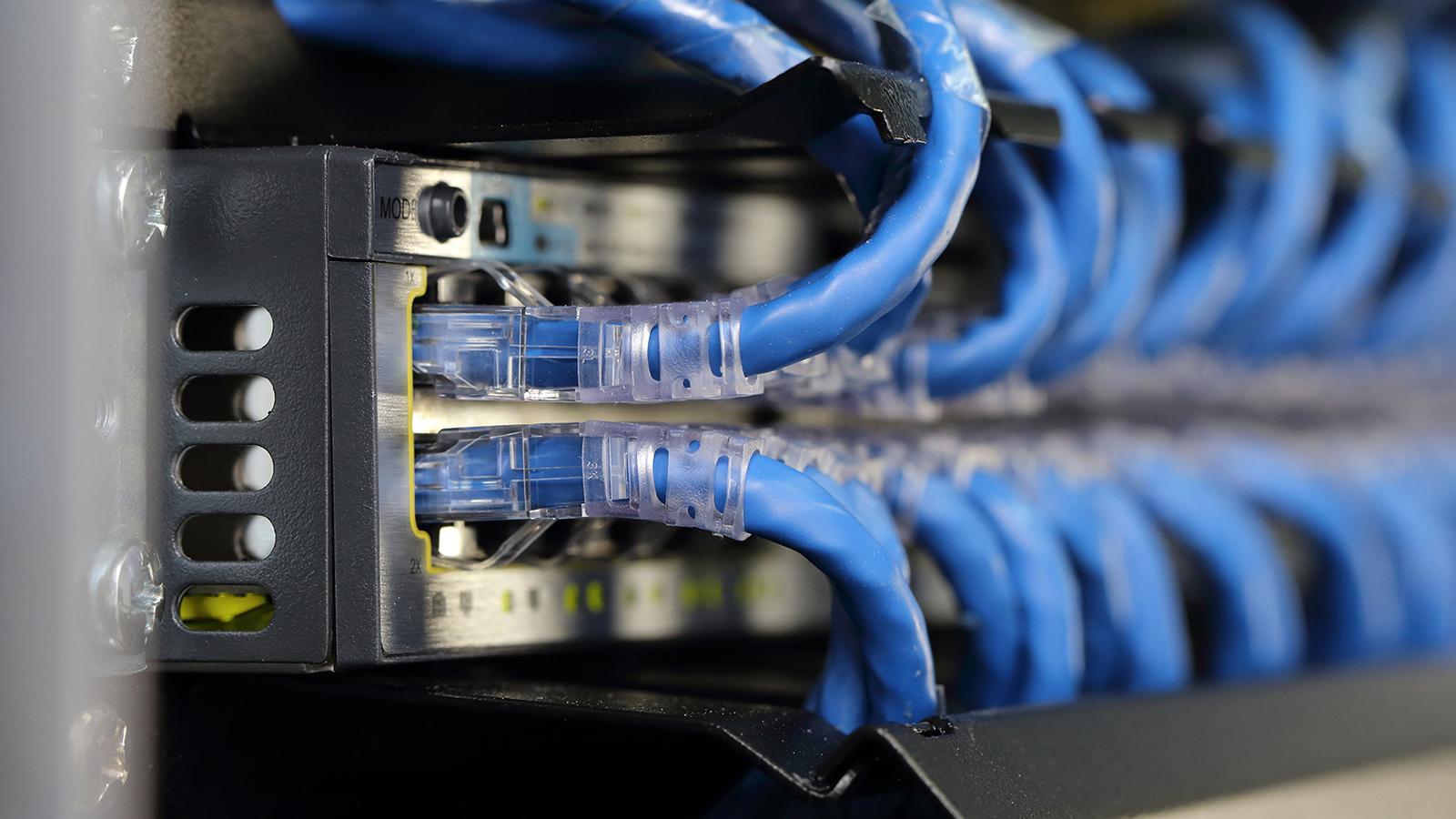Human vs. Robot: Carefully Weigh the Pros and Cons of Automation

Manufacturers and distributors face rising costs of labor and benefits, burdensome government regulations and a shortage of skilled workers. In light of these human resource challenges, investing in automated equipment may seem like a smart alternative to relying on people. But automation can sometimes be more expensive and time-consuming than management expects.
Be realistic about the upsides
Have you ever heard a robot complain about long hours or unsafe conditions, ask for a longer lunch break, take a sick day or demand expanded health benefits? Automation can reduce a company’s human resource headaches and decrease labor and benefits costs.
Good help can be hard to find. Automated equipment can help manufacturers meet production demands, especially in remote areas with limited sources of trained workers. Automating your plant may be easier and less expensive than, say, training existing workers or luring skilled people from urban areas to work for you.
Other potential upsides include:
Greater efficiency and quality. Robots, if properly programmed and integrated into the surrounding systems, can perform certain tasks faster and with fewer errors and less waste than humans. Automated equipment is well suited for large production runs, as well as repetitive, dangerous and labor-intensive tasks. Examples include welding parts, performing pick-and-place tasks and cleaning up chemical spills. But if you run small batches of custom work, it might make sense to stick with humans.
Enhanced brand image. Automated production lines and the use of robots can help differentiate your business from competitors. For example, press releases and social media posts about your investment in automated equipment could boost your brand’s image as an innovator and/or a high-quality producer.
Improved morale. Employees are seldom satisfied doing the same mundane tasks, day after day. By automating repetitive tasks, your workers are free to perform high-tech custom work and program robots for the next run. In addition, assigning dangerous or strenuous work to robots can reduce work-related stress, accidents and health issues among employees. Of course, morale benefits will be tempered if automation results in the elimination of several positions or employees fear their jobs are in jeopardy.
Consider a full range of pitfalls
The biggest downside to automation is the initial cost. So, it’s critical to crunch the numbers before making the investment.
Rather than purchase equipment outright, most companies finance or lease the equipment to spread the cash outflows over five to ten years. However, financing costs could increase significantly if interest rates increase or lawmakers eliminate the federal tax deduction for interest expense. (Check with your tax advisor for the latest information on tax reform.)
Also consider how much it will cost to train employees to operate, program and repair the equipment, along with incremental insurance, utilities, and repair costs. You may even need to revise your production line to avoid unexpected bottlenecks that may occur as throughput, cycle times and setup times are altered by automation.
Though machines don’t complain or call in sick, they do break down and show wear, necessitating a formal maintenance program. If you aren’t disciplined enough to follow a maintenance schedule, consider leasing the equipment from a company that will also maintain it.
Additionally, as with any type of technology, it’s important to evaluate cyberthreats that automation might bring. Could your robots be hacked or infected with a virus that shuts down your production line?
Plan ahead
The key to successful automation is proper planning. Your financial advisors can help evaluate whether the benefits of transitioning from humans to robots justify the costs.
© 2017